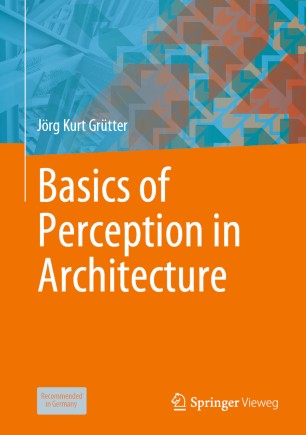

Most ebook files are in PDF format, so you can easily read them using various software such as Foxit Reader or directly on the Google Chrome browser.
Some ebook files are released by publishers in other formats such as .awz, .mobi, .epub, .fb2, etc. You may need to install specific software to read these formats on mobile/PC, such as Calibre.
Please read the tutorial at this link: https://ebookbell.com/faq
We offer FREE conversion to the popular formats you request; however, this may take some time. Therefore, right after payment, please email us, and we will try to provide the service as quickly as possible.
For some exceptional file formats or broken links (if any), please refrain from opening any disputes. Instead, email us first, and we will try to assist within a maximum of 6 hours.
EbookBell Team

5.0
100 reviewsThis book makes the extremely complex process of architectural perception far more transparent and thus contributes to a better understanding of our built environment.
Why is there so much debate about the appearance of our built environment, about the aesthetics of architecture today? Why do opinions about the aesthetic quality of buildings often diverge extremely even among experts? Why can’t we agree on architecture, on what is beautiful and what is not?
Most areas of construction, such as statics and building physics, are measurable and can therefore be substantiated with objective arguments. Yet this does not apply to the unquantifiable aesthetics of architecture. Accordingly, judgments on aesthetics are always subject-specific, and strongly dependent on the viewer.
Nevertheless, the aesthetics of architecture is not just a matter of taste. Many relationships between buildings as objects and viewers as subjects can be determined objectively with the help of perceptual psychology and information theory, as this book demonstrates.